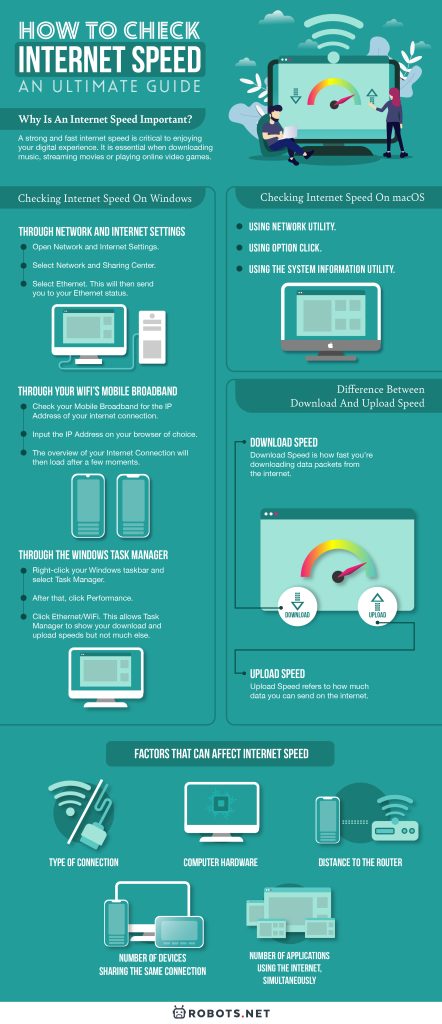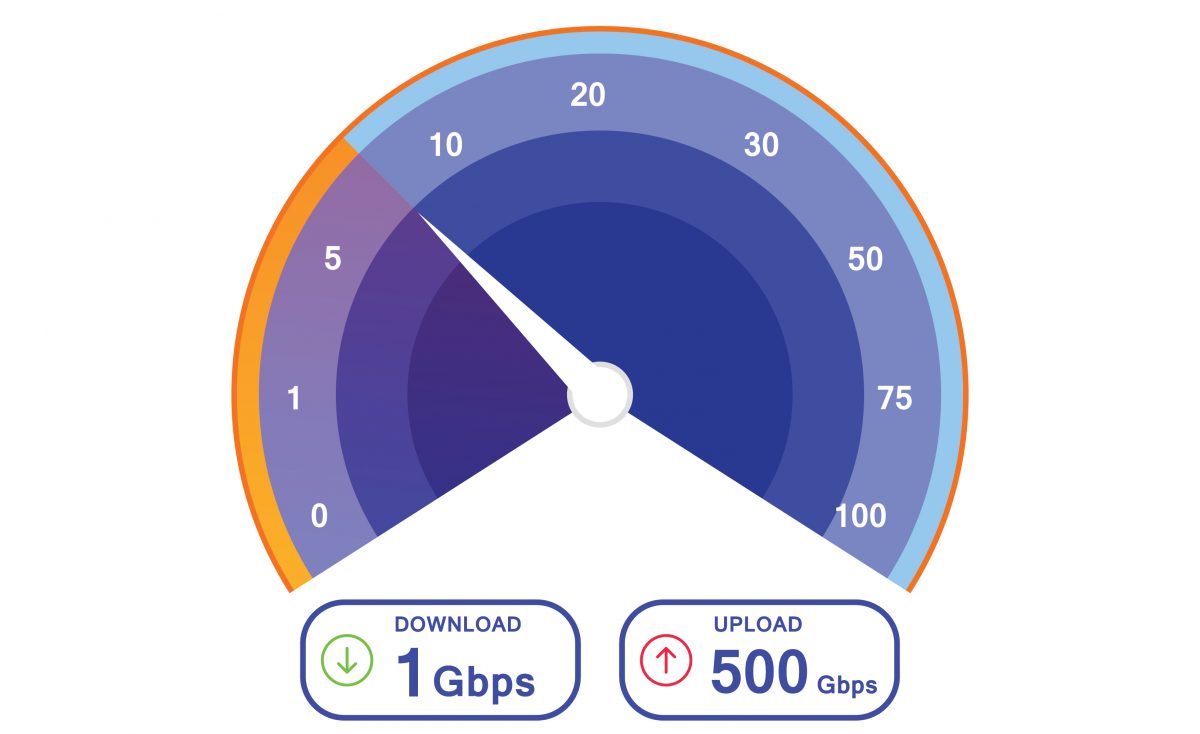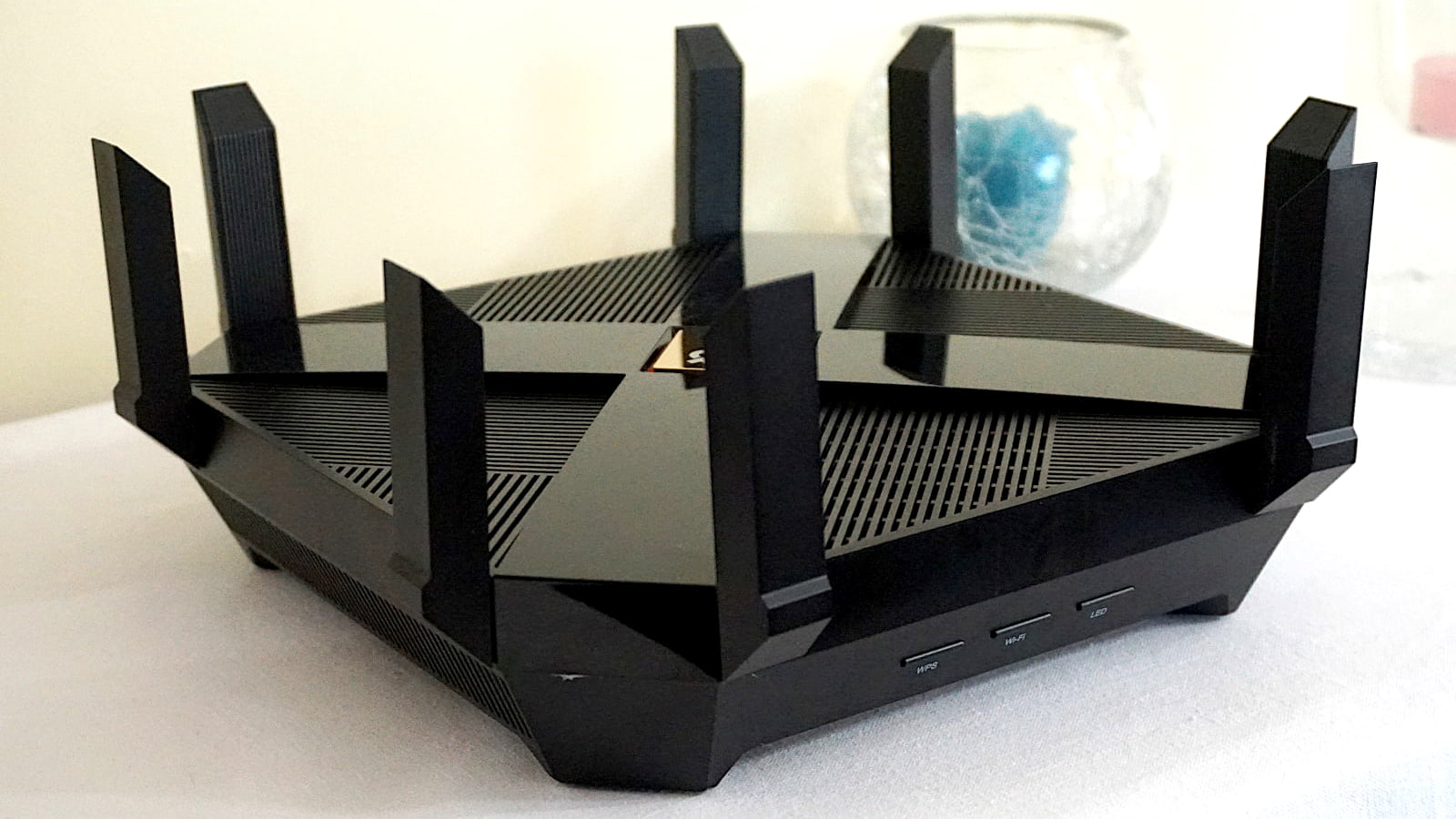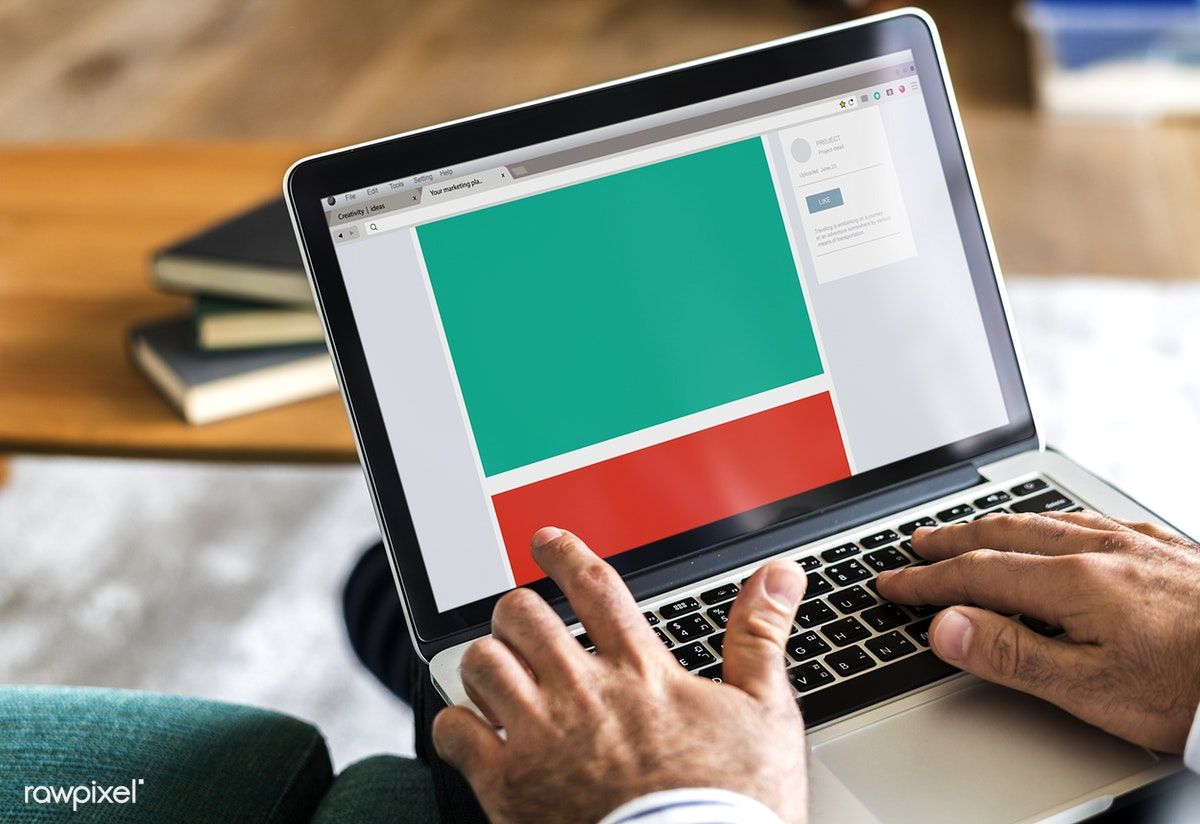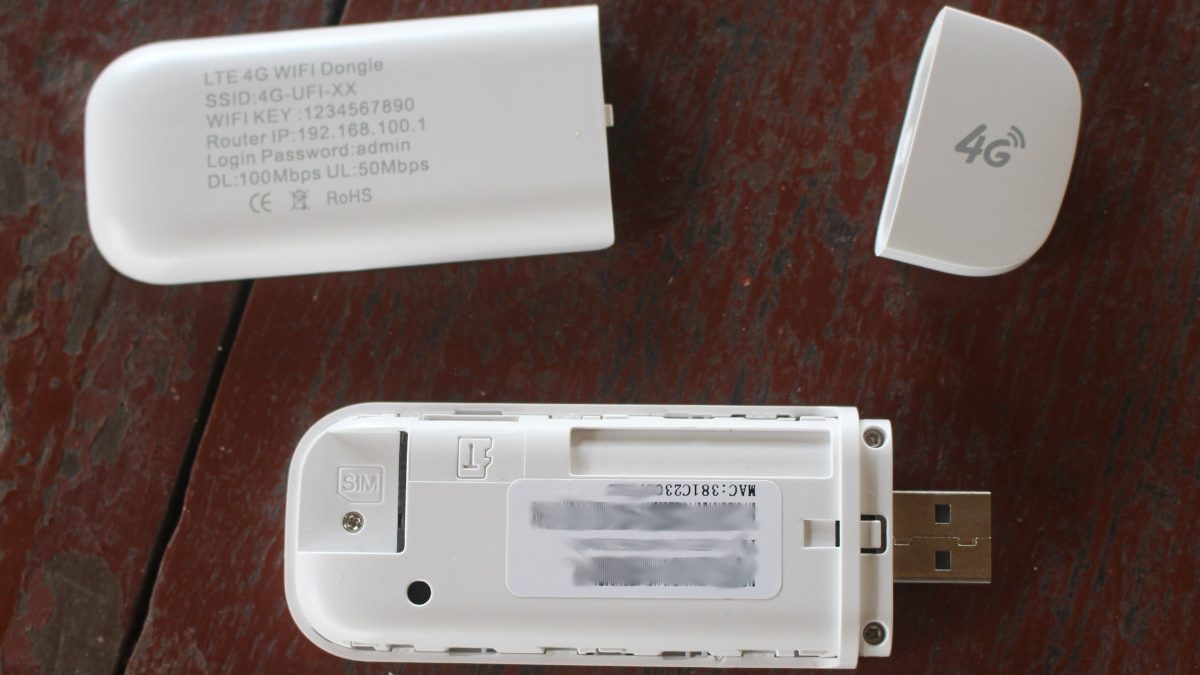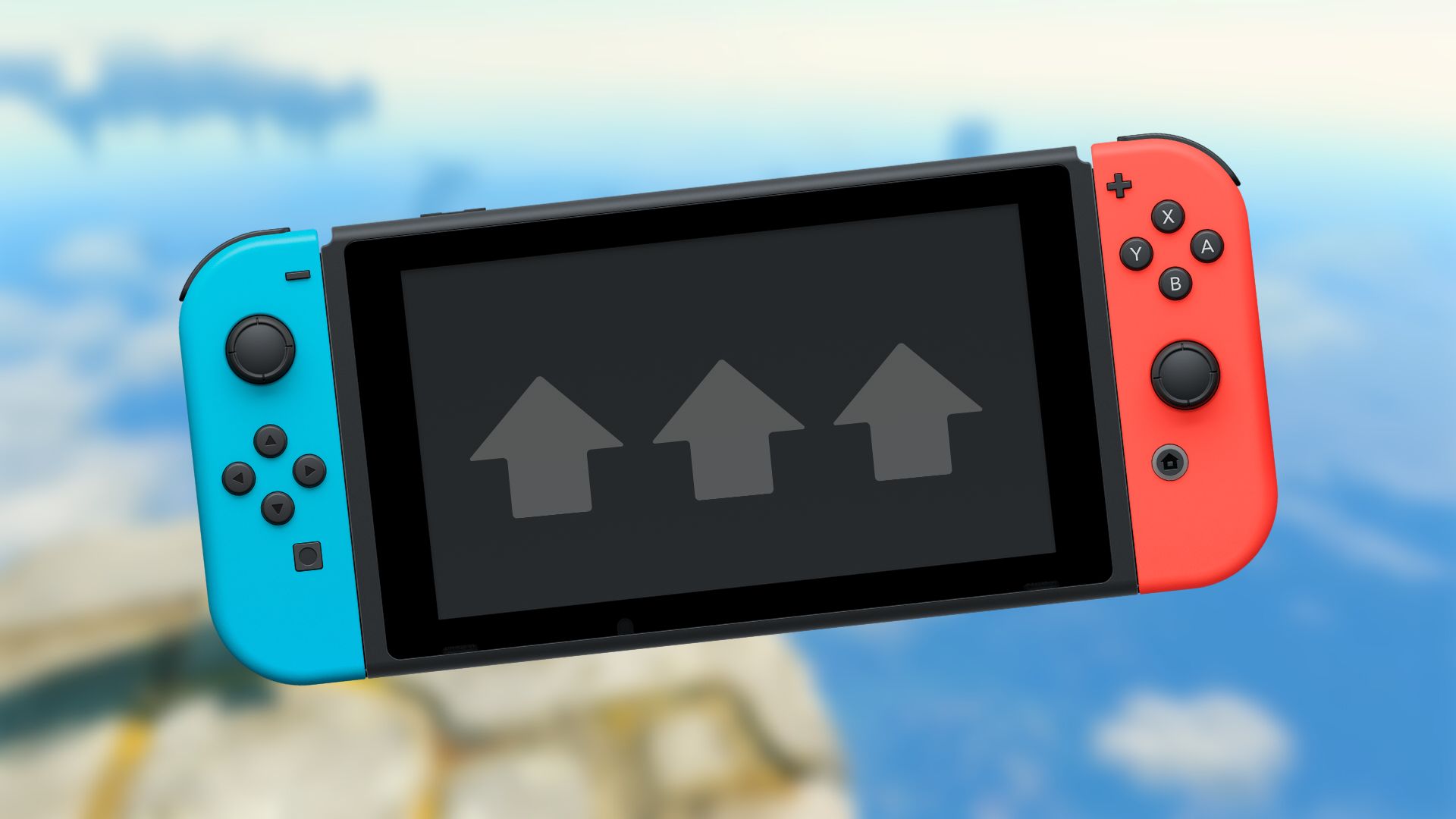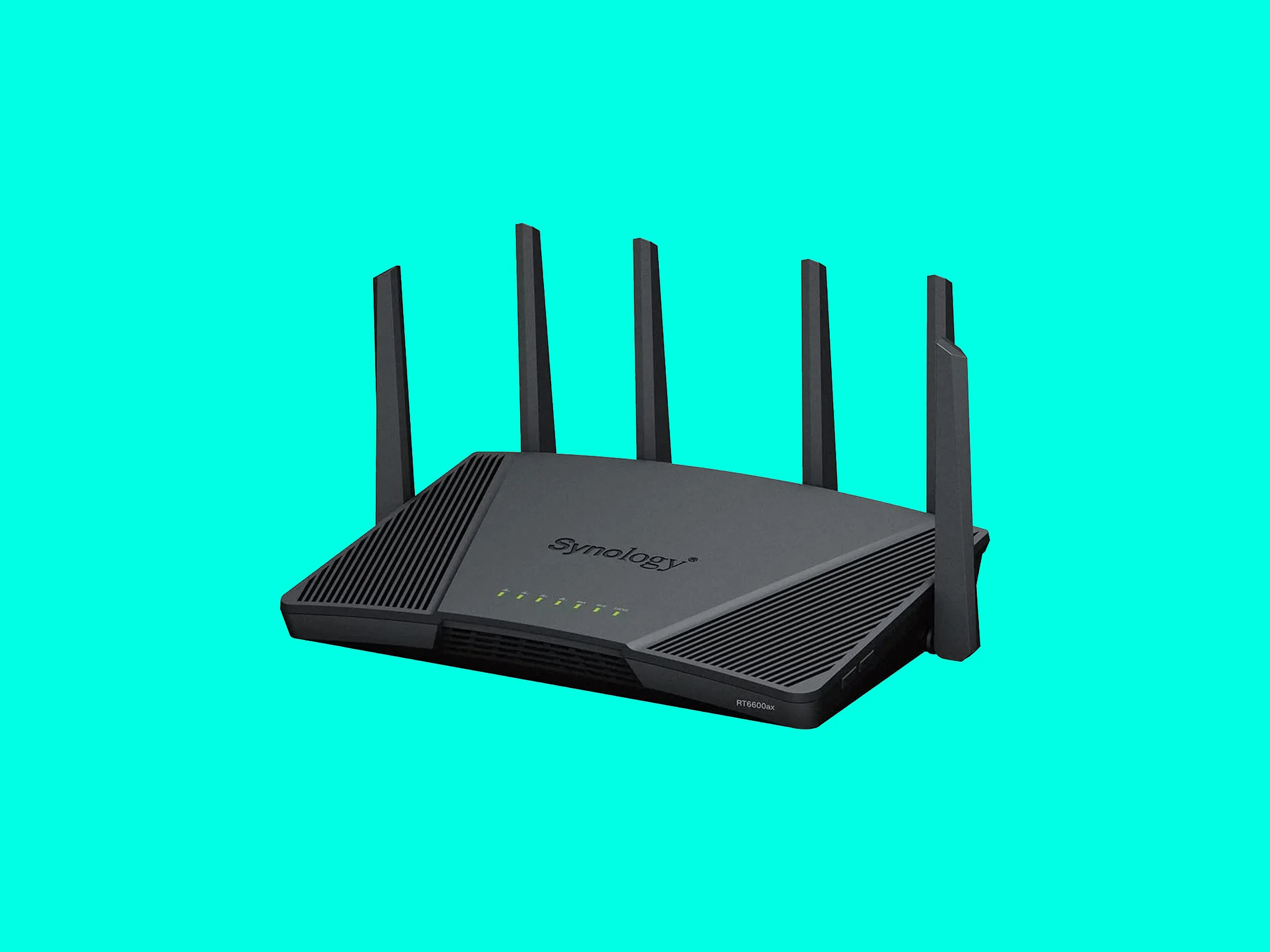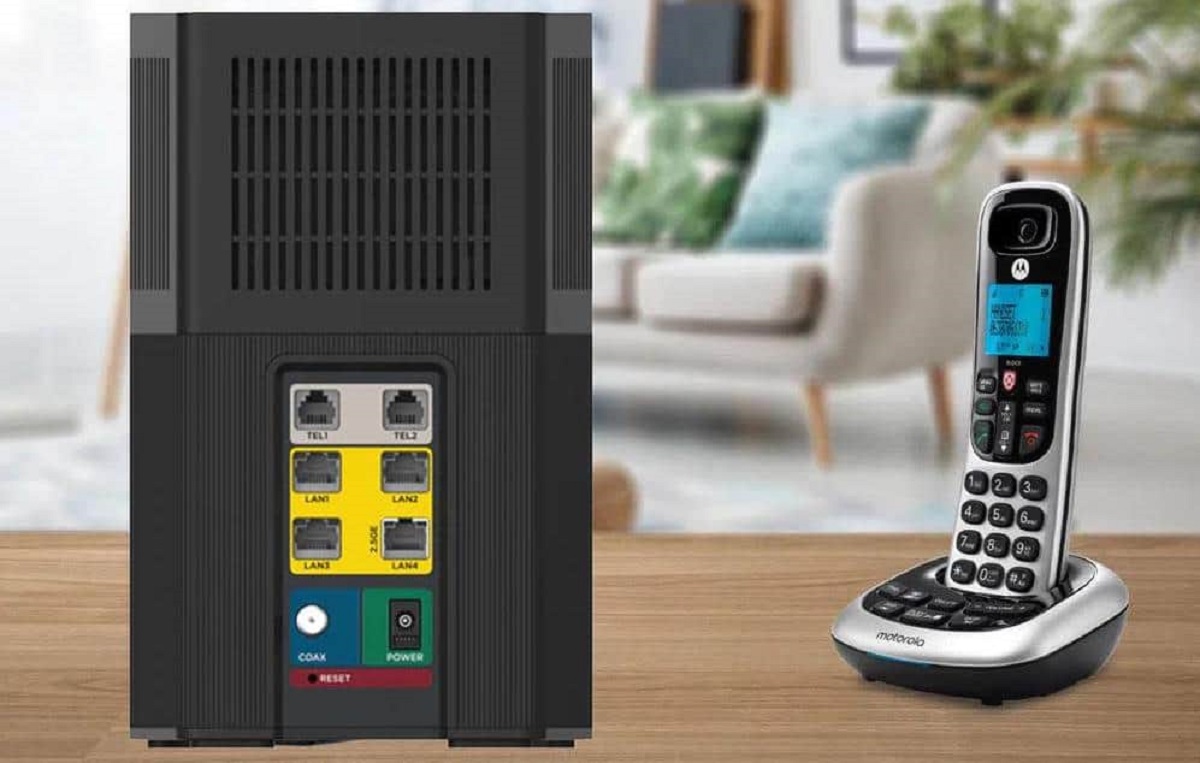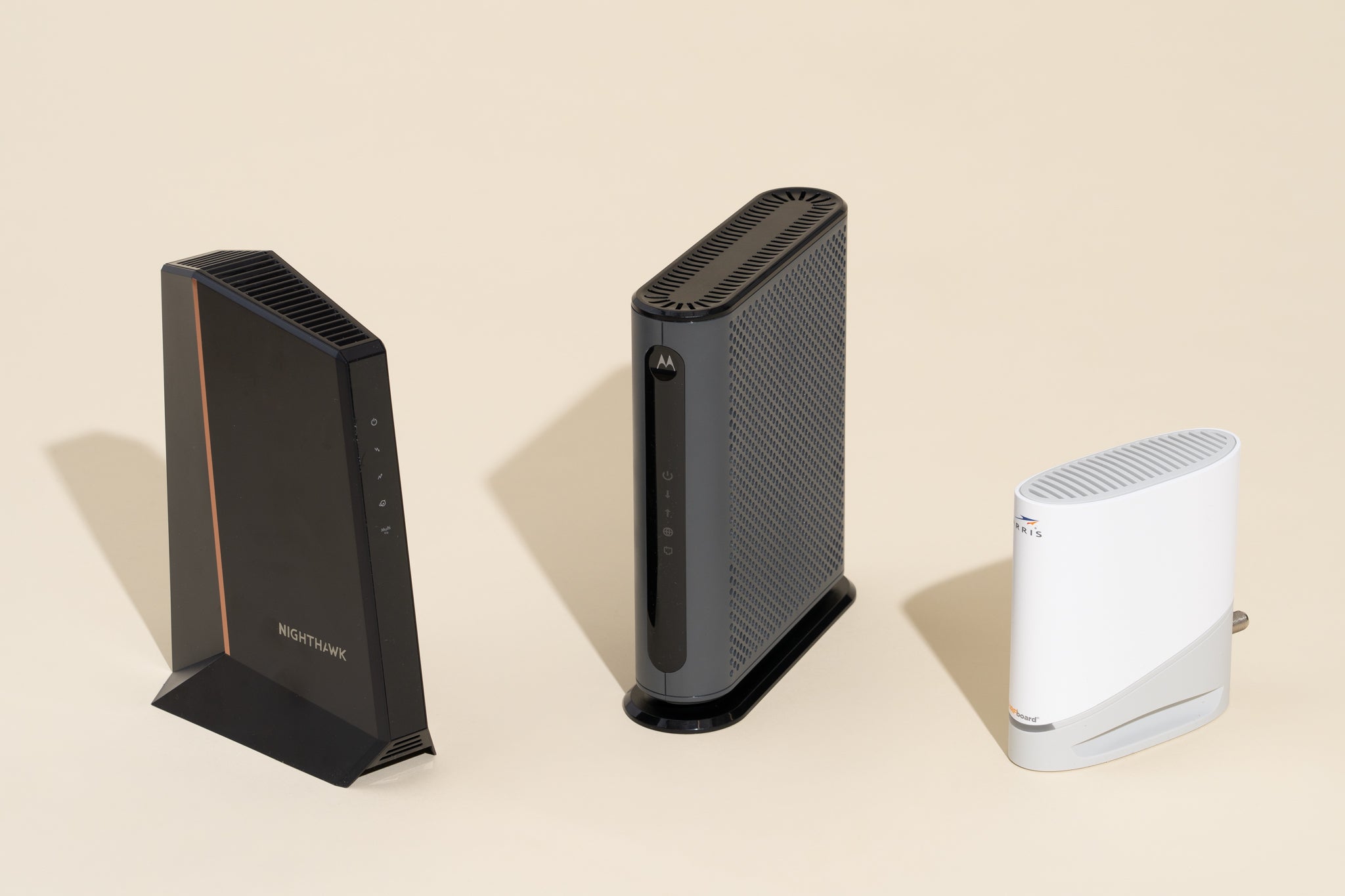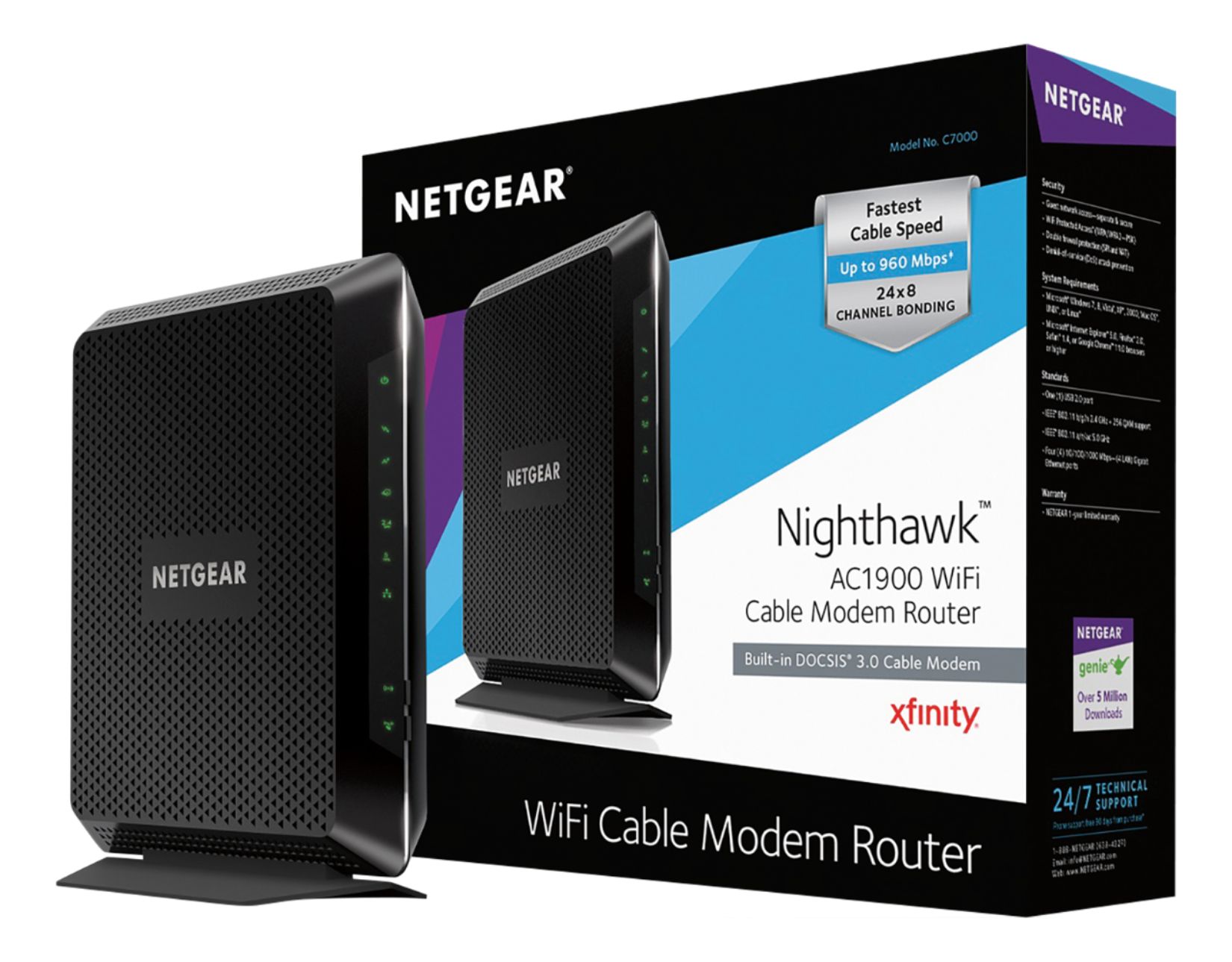Some people, especially those that are non-techie, are oblivious about internet speed. They are satisfied as long as they are connected to the internet, even when their connection is trashy. But for those who want to go the distance surfing the net, understanding the concept of internet speed is important.
A strong and fast internet speed is critical to enjoying your digital experience. It is essential when downloading music, streaming movies or playing online video games. With a fast internet speed, you can get the best use out of all your gadgets.
But how do you know how fast your internet speed is? Well, you came to the right place.
Why is an internet speed important?
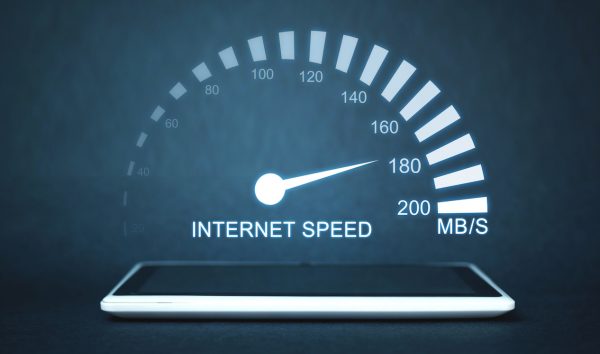

I’ll be honest here, a good internet speed is at least 1-5 Megabytes per second. If you don’t have that, then you’re screwed. As for the reason why? Because the services and conveniences the internet gives you are dependent on internet speed. Unfortunately, the slow speeds of cable and satellite Internet bring a lot of hassle. It’s useless to know how to download movies or games if you have a poor internet connection. You also couldn’t do the things at the same time as it would further slow down your internet. Let alone running many web-enabled devices at once.
How to know the internet speed on various devices?
If you want the best possible experience online, you have to increase your internet speed. If you think you are having trouble with your connection, knowing the accurate internet speed is the first thing you should do to fix the problem. Here’s how you can do it on different devices.
Checking Internet Speed on Windows
If you wish to just check the internet speed without any fuss or moving from your chair, then do this. Do note though that the information is mostly bare-bones and can be confusing for those who don’t know how to read the numbers. Nonetheless, this is a fast way to check the connection.
Through Network and Internet Settings
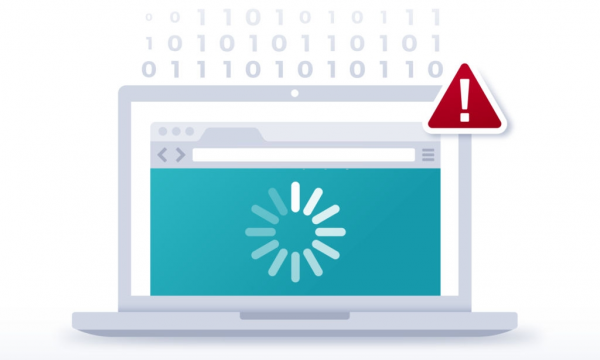

- The first method is through the Windows Settings. If you’re using Windows 10(Or any windows for that matter), simply look at the bottom right corner of your screen and click the upwards dash button.
- Look for a button with a monitor and wire.
- Right-click and select Open Network and Internet Settings. This will send you to the Internet Settings Menu. It’s where you can check your IP Address, your list of Internet Connections, and more. But we’re not looking at those things. We’re looking for the Connection Speed.
- Select Network and Sharing Center. This will send you to another settings panel. With details about your current connection.
- Select Ethernet. This will then send you to your Ethernet status. Where you can see how much your internet is uploading and downloading. Fast internet speeds would usually have fast and steady receiving and sent numbers. But if not, then you’re in a bit of a pickle sir.
Through your WiFi’s Mobile Broadband
This method is simpler and usually provides more information. Do note that this would require you to have a Mobile Broadband provider to do this. So here’s how:
- Check your Mobile Broadband for the IP Address of your internet connection. This comes in 4 sets of 3 numbers separated by a single dot. (For example: 123.456.722.722)
- Input the IP Address on your browser of choice. Whether it be Firefox, Google Chrome, or Opera.
- The overview of your Internet Connection will then load after a few moments. Here you can take a look at your broadband’s signal status, it’s upload and download speed, and so much more. Nifty stuff.
Through the Windows Task Manager
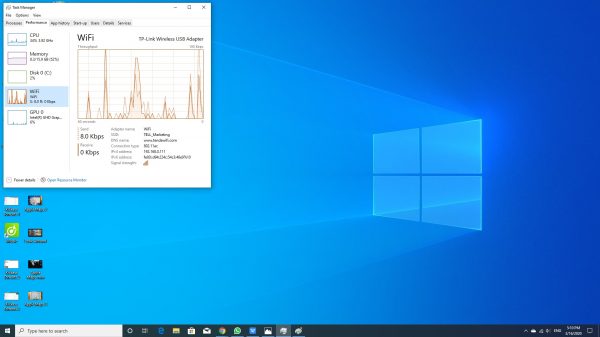

Another simple method of knowing your internet speed on Windows OS. is through the Windows Task Manager. Usually, this program is used to know which of your current applications aren’t responding. Do note that this method will work on Windows 7 and above. Here’s how to do it:
- Right-click your Windows taskbar and select Task Manager. The Task Manager will appear after a few moments
- After that, click Performance. The performance window then appears. Showing you how your PC is doing.
- Click Ethernet/WiFi. This allows Task Manager to show your download and upload speeds but not much else. However, it is useful for checking the overall performance of your internet.
Through Connection Testers in the internet
One would usually just use the first three methods of checking the internet connection. However, this method allows for some specific tests on your connection. Specifically, this shows how fast your download and upload speeds can get. Some of the most reliable internet speed testers are websites like testmy.net, speedtest.net, et cetera.
Checking Internet Speed on macOS


Apple OS is very different from Windows in a lot of ways, including the way it checks the internet speed. There’s some crossover on the methods but it remains different in some aspects. Here’s how to do know the connection speed on macOS.
Using Network Utility
The Network Utility is part of the macOS that shows the internet speed of the PC. Like Windows, the data presented here are usually bare bones. macOS would only show the Link Speed of their connection and not the upload and download speed.
To get the internet speed on macOS, you can use the CmD+Space to pull up the Spotlight search box or go to Utilities Folder and look for Network Utility. Of these 2 methods, CmD+Space is easier. Either way, both can be used with the same result.
Using Option Click
Option Click is another useful method of looking at your internet speed. You can do this by holding down the options key while clicking on the menu bar for your Wi-Fi connection. You can then see the extended information there.
Using the System Information Utility
This is another method of looking up your internet speed in macOS. You can open it from Spotlight search. Or through Applications>Utilities. Once you’re there, navigate down to Network>Wi-Fi or Network>Airport. The name depends on how old your MacBook and version of OS X might be. You’ll see the current connection over on the right.
How to check Internet Speed on Consoles
It’s pretty easy to check your internet speed on Consoles. The option to do so is usually just by clicking the Xbox or Playstation button in the controller. You should then go to settings and look for the Network Settings of your console. Select Test Internet Connection on PS4 or Detailed Network Statistics on Xbox. The consoles will immediately check the internet speed. Usually, it’ll take 30 seconds to a minute to check. But there are several things to note.
In Xbox, the test will also show your latency speed. Latency determines how long an inputted action will reach a game’s servers and shown on your console. A low latency (75 and below ms) is best as it gives near-instant response time on button presses and the like. Any higher and there will be some form of lag. Which can oftentimes render a game unplayable. PS4 doesn’t give you this, however. So you’ll need to check latency in-game. There will be some differences in latency for different online games due to their servers being in different parts of the world.
How to check your Internet Speed in Mobiles
Unfortunately, there is no straightforward way for mobiles to check their internet speed. Some websites offer those like speedruntest.net. But other than those websites, several applications can be downloaded that will allow you to check the connection speed. Internet Speed Meter, Speed Test, and other similar apps are available in Google Play Store and Apple App Store.
Difference between download and upload speed
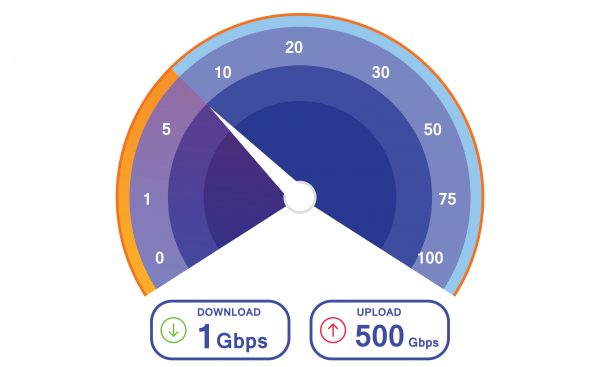

When checking for your internet speed, you’ll see two things: first is download speed. The second is the upload speed. But what do these two things mean?
Let’s talk about Download Speed first. Download Speed is how fast you’re downloading data packets from the internet. In general, having great download speed is necessary for a lot of things that you can do on the internet. A good download speed is usually along the lines of 10 Mbps. But using multiple devices all at once can hamper this as the bandwidth will be spread across the connected devices.
Upload speed, on the other hand, refers to how much data you can send on the internet. Usually download speed is the king. But there are times when you need to upload data as well. Notable mentions include sending Emails, sending files, and posting photos on social media. The minimum amount of upload speed one has to have is around 5 Mbps. However, the same issue with download speed still applies here. The more people using your internet, the slower upload speed you’ll get.
What are the factors that can affect Internet Speed?
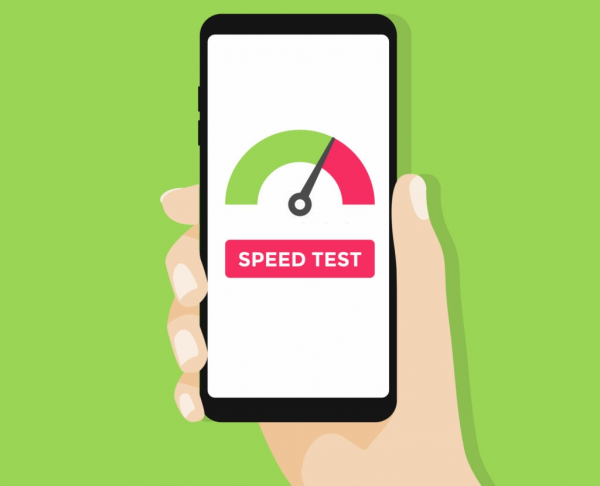

1. Type of connection
Many things can affect the speed of your internet connection. One of them is the type of connection you have. A cable/Ethernet connection is generally more stable compared to a Wi-Fi connection.
2. Computer Hardware
The hardware of your PC might also be a cause of a slow connection. An example would be an outdated processor. It might incentivize your internet speed to update your hardware once in a while.
3. Number of devices sharing the same connection
Another reason is the number of devices connected to the internet. The more devices in the connection, the slower your internet speed would be as the router would divide the connection between those devices.
4. Distance to the router
If you’re connected to Wi-Fi and you’re far away from the router, your connection speed might take a sharp dip. Physical obstructions like walls can also drop the connection speed. So just a heads up on those things.
5. Number of applications using the internet, simultaneously
Lastly, the connection might slow down if a lot of applications are using it. For example, if you’re playing Dota 2 while listening to Youtube, the connection will slow down. Just limit the number of active applications that use the internet and you’ll be fine.
How to troubleshoot a slow internet connection


Connection problems are an incredible pain in the ass, especially when you are in the middle of something important. Thankfully, there are ways to troubleshoot and fix this problem.
First things first, ensure that the physical connections are properly inserted. There might be times that you’ll experience lags on the internet only due to a loosely connected cable. Also, make sure that you have enough internet bandwidth. Not even the best wifi booster can fix a slow internet connection if you don’t have consumable data to begin with.
1. Ping A Networking Program
Pinging a particular networking program is one way to check if your computer is connected to the internet. To do this, just open a Command Prompt window and run a command like ping youtube.com. But, does pinging a website do?
This command sends several packets to the address you specify. The web server then responds to each packet it receives. If you see packet loss (in other words, if the web server didn’t respond to one or more of the packets you sent), this can indicate a network problem. If the web server takes a longer amount of time to respond to the packets, this can also indicate a network problem. The problem can be inherent to the website itself, your Internet service provider, or on your network.
2. Modem and Router Issues
If you are having trouble accessing different websites, your router might be the cause of the problem. Check the router or modem you’re using. It normally has lights that are either green, white or blue. But if it’s flashing red or orange lights, it could indicate that there’s a problem in the router/modem you are using.
If this is the case, try turning off the router or modem and turn it on again. Restarting your device might also help fix the problem. But if there is still a problem, then there may be a chance that your router needs to undergo Factory Reset or upgrade its Firmware.
Takeaways
Knowing your internet speed is as crucial as having a strong internet connection. It is essential to have a good grasp of it so you know how to fix a slow connection when you experience it. So, whether you love streaming movies or playing online games, we hope that this article helps you understand how to check internet speed on different devices.
